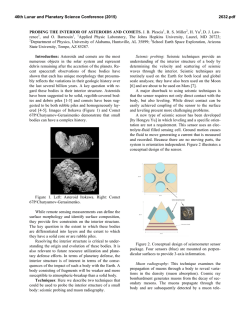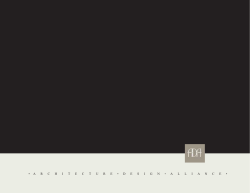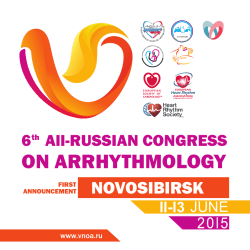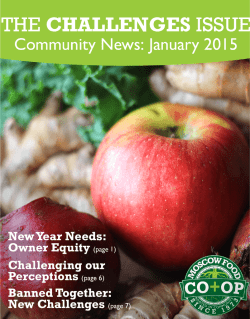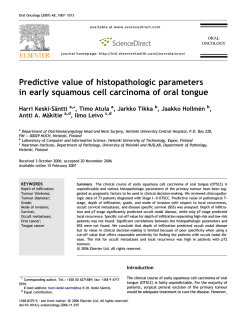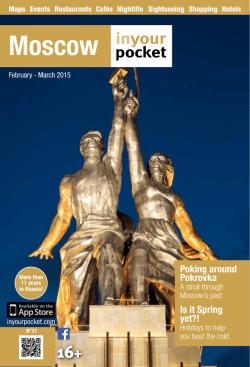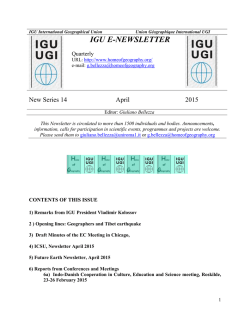
Download Press Release
THE ROSE HAS TEETH IN THE MOUTH OF THE BEAST curated by Andrey Parshikov The Rose Has Teeth in The Mouth of The Beast is an enigmatic, imaginatively catchy, and, therefore, totally absurd, or let’s say, non-sense quotation from the Part II of Wittgenstein’s «Philosophical Investigations». This phrase comes from the synonymic “pain in someone else’s body”, pointing that, in fact, “ one has no notion in advance where to look for teeth in a rose”. Besides the eternal question mark, raised up much further in relativist doctrine, “what seems totally logical and what — absurd due to the human linguistic apparatus”, the poetics of these phrases and metaphors goes deeper into the dark and decadent context in cultural scene of fin de siècle and first decades of 20th century. Lots of occult movements, which appeared at that time, sought for completely new, synthetic ways to explain, how it happened that the present state of things came to that flickering and unstable existance, on the very edge of a global catastrophe. German expressionism at that time is one of the best examples of how art explores the world, pertaining the nature of supernatural power. “Mysticism and magic, the dark forces to which Germans have always been more than willing to commit themselves, had flourished in the face of death on the battlefields. The hecatombs of young men fallen in the flower of their youth seemed to nourish the grim nostalgia of the survivors. And the ghosts which had haunted the German Romantics revived, like the shades of Hades after draughts of blood” (Lotte H. Eisner's The Haunted Screen, 1952). And the point of this dark revolution in culture and philosophy is the point of changing the wind. Due to historical narratives, as we can see them from the present perspective, the political wind in the geographical centers of mystical, occult, demonological fascinations changed far to the right. The individualistic, eschatological doctrines which tried to convince it’s potential adept in their advantages of perceiving the world and it’s processes in non-materialistic way, developed in opposition to the socialistic and Marxist theories, disputing their from the most essential points. One of these was so-called “interior vision”. According to Kasimir Edschmid, the important cognitive tools of expressionists are visions. “The chain of facts: factories, houses, illness, prostitutes, screams, hunger” does not really exist - there is only interior vision those sights provoke. The aim of the artist is “to grasp what is behind them”. Coming closer to the times we do live in, to the gaze we use to analyze the different systems operating the world, we can claim that modus operandi of the political mood turning to the right all around is again facing us to the interior vision of the artists. When the reality is giving the artistic community the new task to think further than the materialistic movements and post-Marxist analysis, when the regime of the slow-motion apocalypse moves the spectators and actors to the other states of life, and, at last, when the Icelandic government legalizes elves, then the artists and theorists think again of the «New Escapologies» (C. Esche), of the interior vision, of the conspirology and supernatural processes, and, of course, imagine apocalypse and the ways of dealing with post-apocalypse new world order. Alexandra Sukhareva is working with the historical narratives of the occult sciences, researching its ecstatic schemes and real actors. She builds the interiors, which can reproduce the mystical memories of the past, and examines hysteria as a real phenomenon, taking its roots in the dark times of the distant past when science and faith were going hand by hand, giving the only possible experience of the real cognitive practices. Chiara Fumai, the High Priestess of the Coven in contemporary art, elaborates the historical connections between occultism, feminism and leftist movements, such as Trozkism. Her performances and collages investigate the role of women and its development in this slow-motion apocalypse, positioning the question, what truth is waiting afterwards. Susan MacWilliam is a real scholar and researcher of the paranormal activities and its history. Where the poltergeist comes from, how and why some people see it, what the real mediums know and feel, and what scientific tools can help the ordinary people to take a look beyond the materialistic reality — these are the questions within a field in which her art is placed. APG SRL Piazza Tebaldo Brusato 35 - Brescia 25121 - I Tel e Fax + 39 030 3758554 www.apalazzo.net - [email protected] Doctor Wolfgang Hauptmann II who is an Alter Ego of a well-known American artist Lisi Raskin, is working with traumas of the previous Cold War, as we agree that we have a new one evolving right now. As a psychoanalytic he works with people who have the fears of the USSR secret weapon of mass-destruction, which they think was used and is still somehow present in the atmosphere of East-Coast. Shifra Kazhdan, a transgender artist, who had suppressed her real personality for many years, shows the series of drawings, based on the TV news about the premillennarian religious sect of people who lived somewhere in Siberia under the ground waiting for the Apocalypse for a long time, and the tragedies which happened to them. Florian Aschka and Larissa Kopp in their photo project create a mythological figure of a contemporary queer narcissus in a creepy and uncanny environment, closely related to the examples from the classical paintings. The artists on show would create a space for the viewer, which should emancipate them not only through the different temporality, but with also through the cognitive tools and questions, putting together Crowlean brothers and sisters of right and left hands in order to examine the potential of non-materialistic research in present days. Opening: Saturday 7 February from 6:30 pm 7 February – 31 March Andrey Parshikov (born in 1985 in Moscow region, USSR) is a moscow-based curator and art-critic. He has made numerous exhibitions in Russia, US and Europe, including Underneath the Street, the Beach in Fondazione Sandretto Re-Rebaudengo, We Have Nothing that is Ours Except Time, in the second district of Vienna city, open air, I Remember It Differently from You in MUZEON park of Arts in Moscow, Great Repression in White Box gallery in New York during Armory Show and in SB gallery in Paris during la Nuit Blanche, Ultra-New Materiality in Moscow Museum of Modern Art in Moscow and Contemporary City Foundation and many others. His texts were published in Springerin magazine, Manifesta Journal, Moscow Art Magazine, Art Chronicles magazine, Openspace.ru web-site. He made residencies in fondazione Sandretto Re-Rebaudengo in Turin, Tranzit. at in Vienna, studied in the class of Maria Lind and Juan Gaitan in Salzburg. APG SRL Piazza Tebaldo Brusato 35 - Brescia 25121 - I Tel e Fax + 39 030 3758554 www.apalazzo.net - [email protected]
© Copyright 2025

